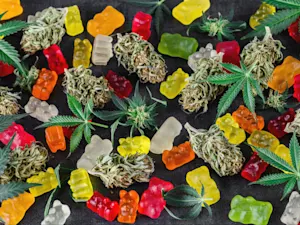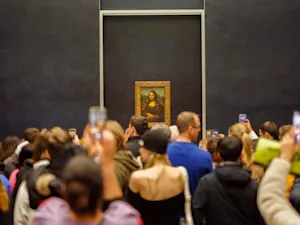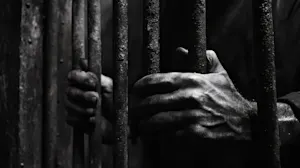
Spooky Season – What Is Day of the Dead (Día de Los Muertos)?
As the spooky season rolls around each year, Halloween takes center stage in many parts of the world. However, in Mexico and other Latin American countries, another important celebration honors the dead in a vibrant and meaningful way — Día de Los Muertos, or Day of the Dead. This celebration, on the first two days of November, is deeply rooted in ancient traditions and serves as a reminder that death is not the end but a continuation of life's cycle. Let's explore the origins, traditions, and significance of Día de Muertos.
Origins of Día de Los Muertos
Día de Los Muertos has its origins in ancient Mesoamerican traditions, particularly among the Aztec, Toltec, and other indigenous cultures. These civilizations believed that death was part of the natural cycle of life, and rather than fearing it, they embraced it as a transition. The Aztecs, for example, had rituals that honored the dead and kept their memory alive. When the Spanish colonized the region in the 16th century, they introduced Catholicism, and indigenous beliefs began to blend with Christian practices, particularly All Saints' Day and All Souls' Day. This fusion of traditions gave rise to Día de Los Muertos as we know it today, where it's believed that the souls of the departed return to visit their families.
When and Where Is Día de Los Muertos Celebrated?

Día de Los Muertos takes place over two days: Nov. 1, known as Día de Los Angelitos (Day of the Little Angels), which honors deceased children, and Nov. 2, Día de Los Muertos (Day of the Dead), which celebrates adults who have passed away. While Mexico is the heart of this celebration, Día de Los Muertos is observed in other countries with large Latin American populations, including the United States. Cities like Los Angeles, San Antonio, and Phoenix host large-scale events where people come together to honor the dead through art, parades, and altars.
Iconic Symbols of Día de Los Muertos
One of the most distinctive features of Día de Muertos is the ofrenda, or altar, that families set up to welcome back the spirits of their loved ones. These altars are often elaborate, decorated with candles, photographs, and marigolds (known as cempasúchil), which are said to guide spirits back to the world of the living. Personal items, favorite foods, and mementos are placed on the ofrenda to honor the deceased.

Another well-known symbol is the calavera, or sugar skull, which represents the dead. These skulls are often brightly decorated and given as gifts or placed on altars. Skeleton imagery is also prominent during Día de Los Muertos, with the figure of La Catrina, an elegantly dressed skeleton, as a reminder that death is a natural part of life.
Día de Muertos Traditions and Celebrations
Día de Los Muertos is both a solemn and joyous occasion. Families often gather to visit the graves of their loved ones, cleaning and decorating the tombstones with marigolds and candles. While this may seem sad, it's also a time for celebration. People share stories, play music, and sometimes even hold picnics at gravesites. It's a time to connect with the past and celebrate the lives of those who came before.

In some regions, large public festivals are held featuring colorful parades, music, and dancing. For example, the annual Día de Los Muertos parade in Mexico City draws huge crowds, with participants donning elaborate costumes and painted skull faces. The event is a mix of solemn remembrance and vibrant celebration, reflecting the dual nature of the holiday.
Misconceptions About Día de Los Muertos

It's important to clarify that Día de Los Muertos is not the Mexican version of Halloween; there's no trick-or-treating. While both holidays occur around the same time and involve imagery of death, Día de Los Muertos is deeply spiritual and focused on celebrating the lives of the deceased rather than fearing death. The holiday encourages families to keep the memory of their loved ones alive and to view death as a continuation rather than an end.
A Celebration of Life and Death
Día de Muertos offers a beautiful reminder that death is a part of life and that our loved ones remain with us in spirit. Through vibrant altars, colorful parades, and personal traditions, families and communities unite yearly to honor the dead, celebrate life, and keep cherished memories alive. As the spooky season unfolds, it's worth taking a moment to appreciate the rich cultural history and meaning behind Día de Los Muertos.
References: Day of the Dead (Dia de Los Muertos) | About the Day of the Dead | Day of the Dead | Day of the Dead
























